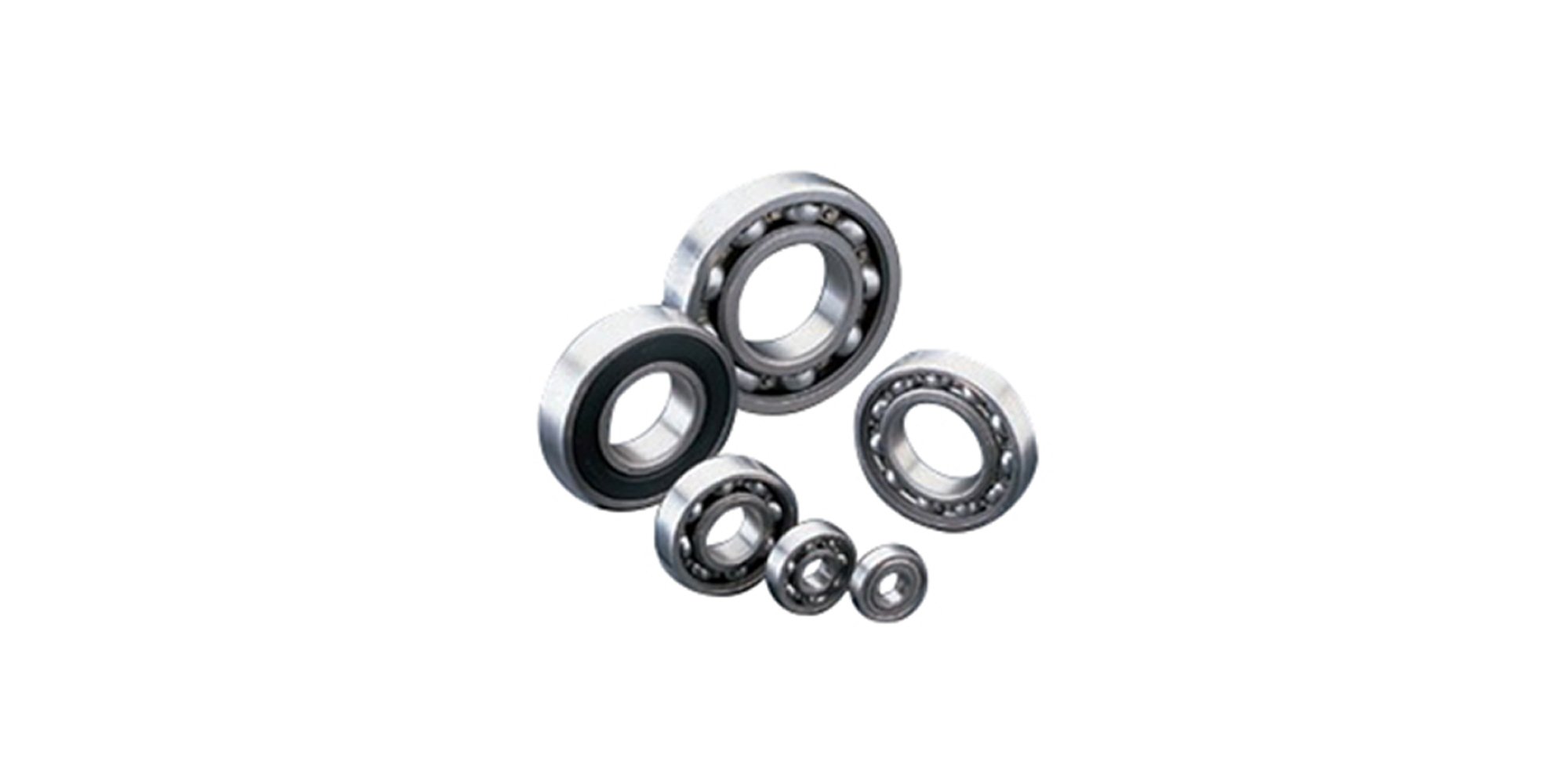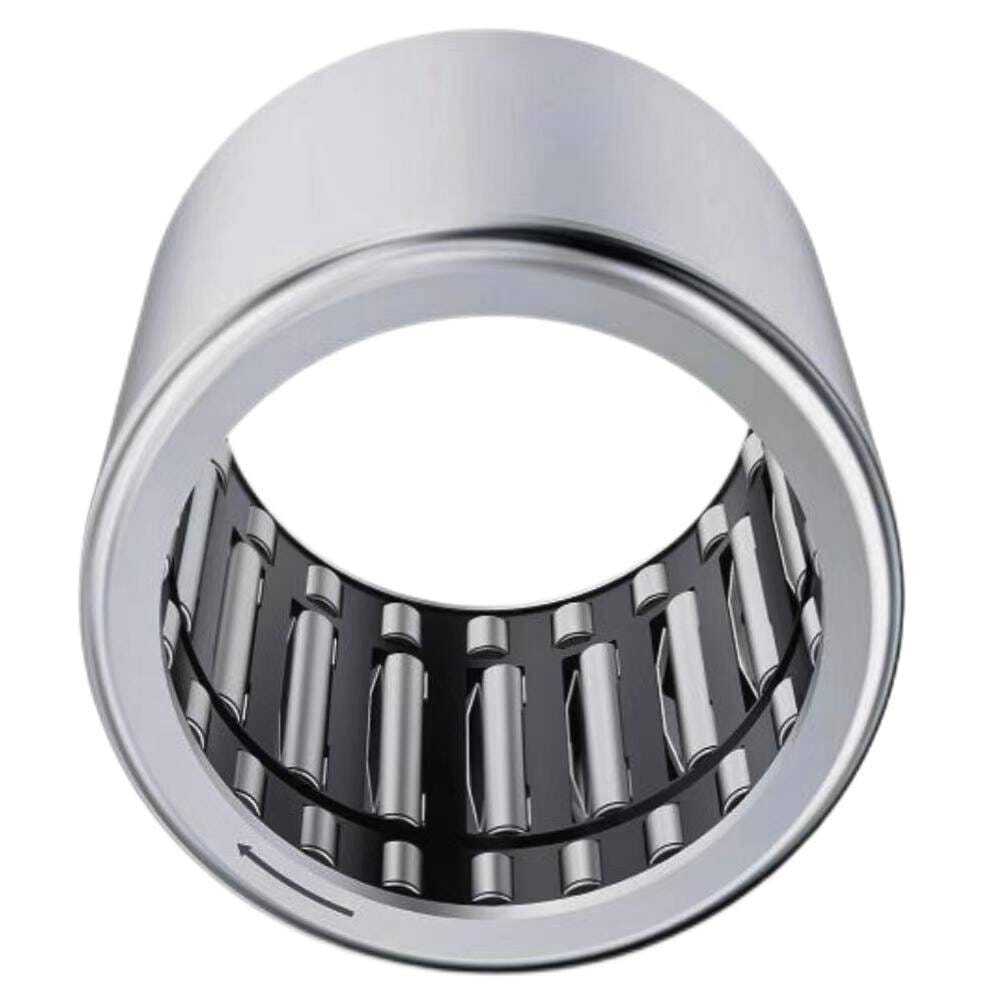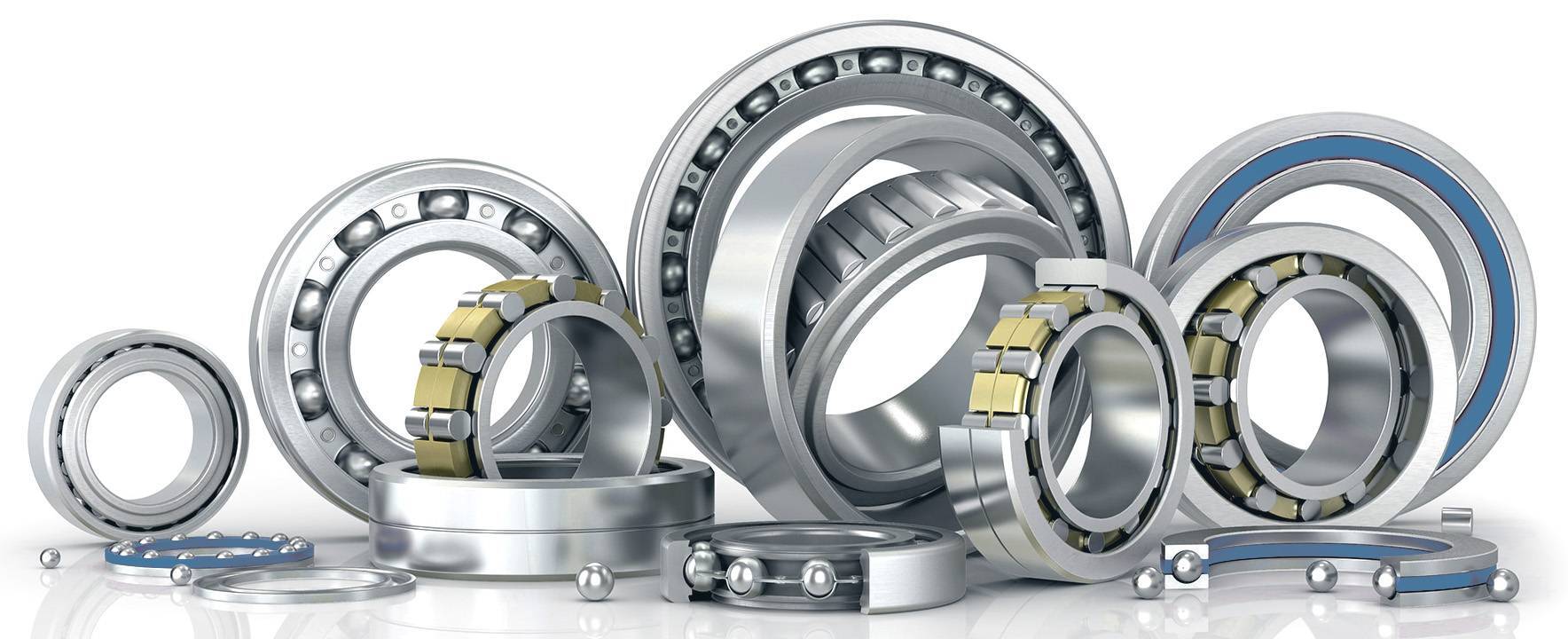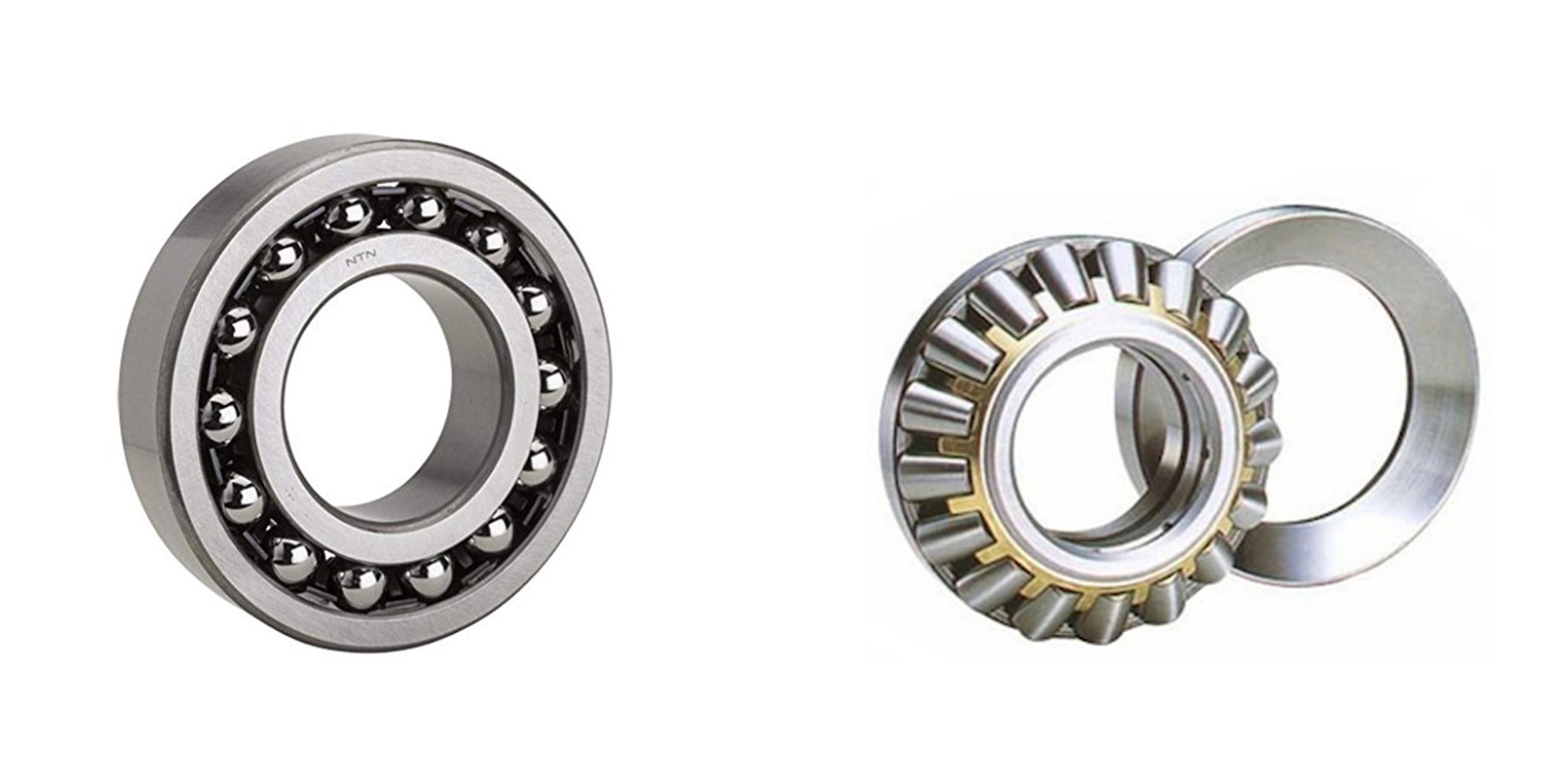Transforming Food Packaging: A Deep Dive into Stainless Steel Needle Roller Bearings
In the demanding realm of food processing and packaging, every component's efficiency and reliability are critical for operational success and health...
3 min read
 Richard
:
Aug 26, 2025 10:16:54 PM
Richard
:
Aug 26, 2025 10:16:54 PM

Compared with ordinary bearings, stainless steel bearings have stronger rust and corrosion resistance. They not only have obvious advantages in material, but also in terms of process and precision control, they are much stricter than ordinary bearings. During their working process, stainless steel bearings work steadily, with low noise, corrosion resistance and wide application. In this article, we will take a closer look at the characteristics, uses and advantages of stainless-steel bearings.
For information about Chrome Steel vs. Stainless Steel Bearings, please click here!

Stainless steel bearings, categorized by their steel composition and structural characteristics, come in various types to meet the demands of different applications:
In most cases, AISI SUS440C stainless steel is used for bearing rings and rolling elements, which are vacuum quenched and tempered. The cage and seal ring frame materials are AISI304 stainless steel. If you choose a suitable lubricant, dust cover, etc., it can be used in an environment of -60℃~+300℃.
Based on the structure, stainless steel bearings can also be classified:
Stainless steel bearings are widely used across various industries due to their corrosion resistance, durability, high mechanical strength and large load capacity. Key applications include:
The main reasons for the failure of stainless-steel bearings are defects and overload. When the external load exceeds the strength limit of the material and the part breaks, it is called overload fracture. The main cause of overload is the sudden failure of the host or improper installation. Defects such as microcracks, shrinkage cavities, bubbles, large foreign objects, overheated tissues, and local burns of bearing parts can also cause fracture at the defect when impact overload or severe vibration, which is called defect fracture. It should be pointed out that in the manufacturing process of the bearing, the re-inspection of raw materials, the quality control of forging and heat treatment, and the control of the processing process can correctly analyze the existence of the above-mentioned defects through the instrument, and the control must be strengthened in the future. But generally speaking, most of the fracture failures of stainless steel bearings that usually occur are overload failures.
We appreciate your time spent reading our article and trust that it offered insightful details on stainless steel bearings, including their types, benefits, applications, and fracture risks. For further information and a deeper exploration of these bearings, we invite you to visit Lily Bearing.
As a globally recognized bearing manufacturer, Lily Bearing provides a comprehensive range of top-quality stainless steel bearings and other bearing types at competitive prices, meeting a variety of industrial requirements. It is worth mentioning that our stainless steel bearings, particularly post-passivation, successfully endure a 168-hour salt spray test, showcasing their enhanced durability.

In the demanding realm of food processing and packaging, every component's efficiency and reliability are critical for operational success and health...

Importance of Bearings in Mechanical Systems Bearings are crucial for smooth and efficient motion in mechanical systems, while reducing friction,...

Bearings are essential parts of machines and equipment. They reduce friction, making it easier for parts to move smoothly. Two main types of bearings...